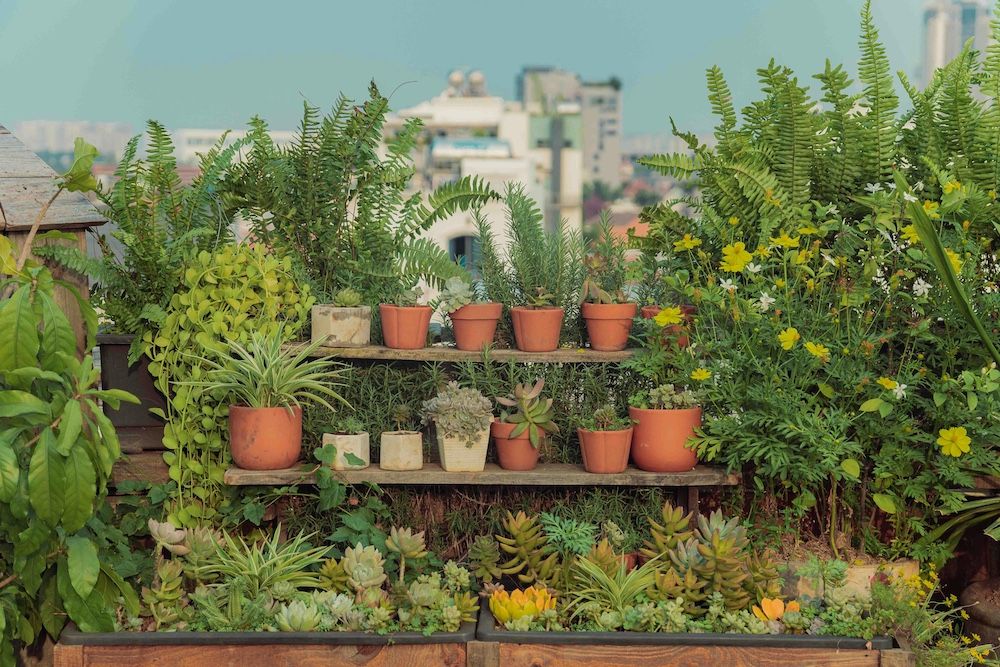As winter arrives, many trees’ leaves begin to turn yellow and eventually fall. This phenomenon not only beautifies the winter landscape but also reflects the physiological processes of plants as they adapt to seasonal changes. The primary reason for the yellowing of leaves is closely related to photosynthesis and the breakdown of chlorophyll.
During the growing season, leaves absorb sunlight through photosynthesis, converting carbon dioxide and water into glucose while releasing oxygen. This process largely depends on chlorophyll, a green pigment that gives leaves their color. As temperatures drop and daylight hours decrease, the growth rate of trees slows down, and the efficiency of photosynthesis diminishes.
With the arrival of winter, plants begin to enter a dormant state to adapt to environmental changes. During this process, trees reduce their consumption of nutrients and water, gradually breaking down chlorophyll. As chlorophyll diminishes, other pigments in the leaves become more visible. For instance, carotenoids and flavonoids contribute to the yellow and orange hues of the leaves.
Additionally, changes in temperature and the length of day affect leaf color changes. Lower temperatures and shorter daylight hours trigger plants to produce more protective compounds to withstand cold and dry conditions. These compounds not only help plants survive but also enhance the colors of the leaves.
Ultimately, as chlorophyll is completely broken down, leaves gradually turn dry and yellow, eventually falling off. The shedding of leaves helps reduce moisture evaporation and nutrient loss, allowing plants to conserve energy during the harsh winter months and prepare for growth in the spring. Although the yellowing and falling of leaves may seem like an ending, it is actually part of the plant's growth cycle, laying the groundwork for renewal in the coming spring.
The yellowing of leaves in winter is a complex physiological process involving photosynthesis, pigment changes, and plant adaptation to the environment. This natural phenomenon not only showcases the wisdom of plants but also brings us the unique beauty of the winter season.





